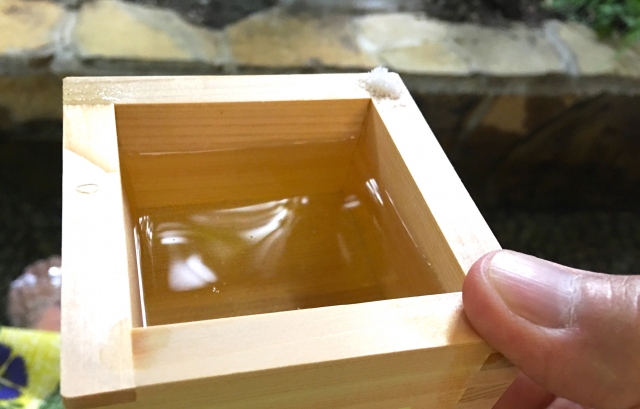
Sake, Japan's traditional rice wine, offers a fascinating spectrum of flavors and aromas that can enchant the palate and intrigue the mind. This guide is designed to help beginners in the United States navigate the complex world of sake taste and flavor, making this exquisite beverage more accessible and enjoyable.
Introduction to Sake's Flavor Profile and Taste
Sake's flavor is influenced by various factors, including the type of rice used, the water quality, the brewing process, and the yeast strain. Unlike other alcoholic beverages, sake offers a unique balance of five basic tastes: sweetness, acidity, umami, bitterness, and astringency.
What Affects Sake's Flavor?
- Rice Variety: The type of sake rice (shuzō kōtekimai) and its polishing ratio significantly impact the sake's flavor profile.
- Water: The mineral content in water used during brewing can alter the taste, making it softer or more robust.
- Koji Mold: The koji mold (Aspergillus oryzae) not only starts the fermentation process but also adds a distinct sweetness and umami.
- Yeast Strains: Yeast affects the sake's fragrance, producing fruity, floral, or earthy notes.
Understanding Sake Categories and Their Flavors
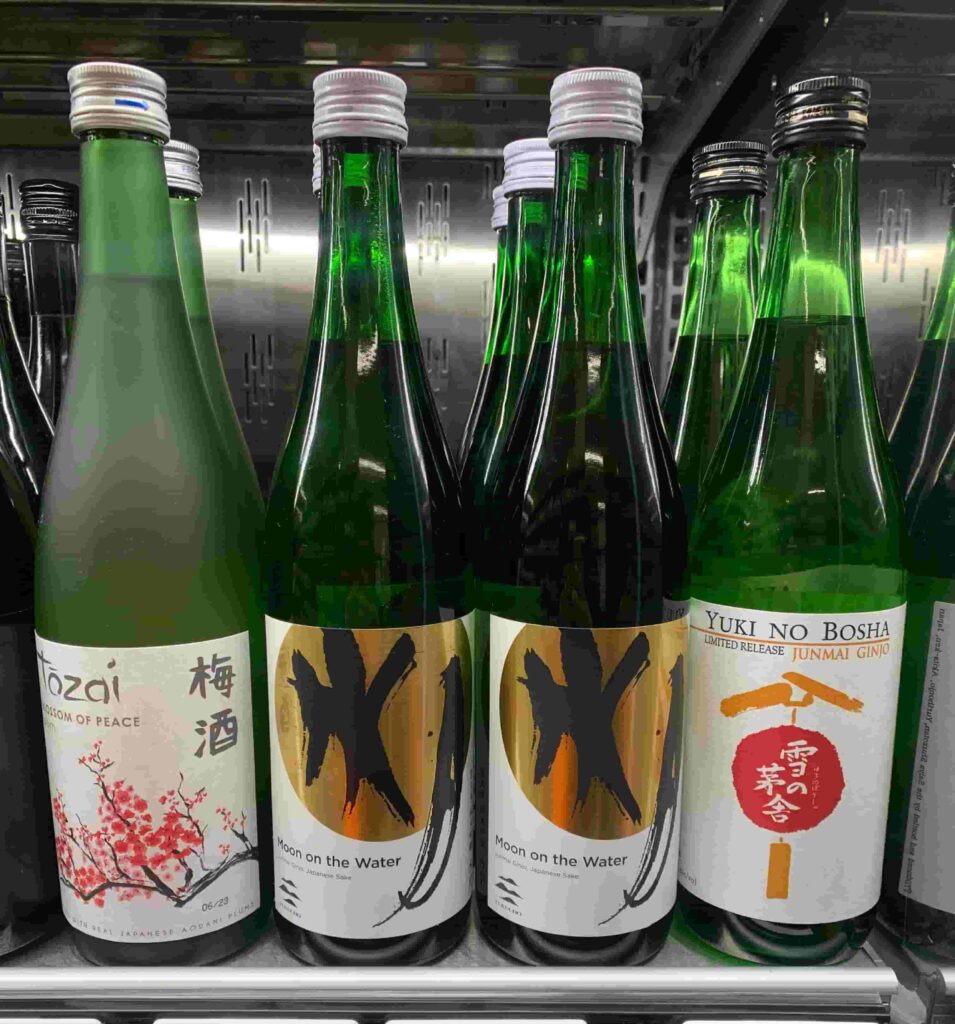
Sake can be categorized into various types, each with its unique taste and aroma.
Junmai-shu: Pure Rice Sake
- Characteristics: Full-bodied with a rich umami flavor.
- Ideal Pairings: Complements hearty dishes like stews.
Ginjo-shu: Fruity and Fragrant
- Characteristics: Light and aromatic, often with fruity or floral notes.
- Pairings: Works well with light dishes, such as salads or sushi.
Daiginjo-shu: The Pinnacle of Sake Brewing
- Characteristics: Very fragrant with a complex flavor profile, often very smooth.
- Pairings: Perfect with delicate flavors like raw fish or soft cheeses.
Sake Types Based on Flavor and Aroma

Understanding Sake Flavors and Aromas
Sake exhibits a wide range of flavors and aromas, making it an exciting beverage to explore. Some common flavor profiles include:
- Fruity: Notes of apple, banana, melon, or citrus.
- Floral: Hints of jasmine, cherry blossom, or lily.
- Spicy: Peppery or ginger-like notes.
- Umami: Savory flavors reminiscent of mushrooms, soy sauce, or roasted nuts.
- Earthy: Hints of wet soil, minerals, or forest.
Soushu (爽酒): Refreshingly Smooth
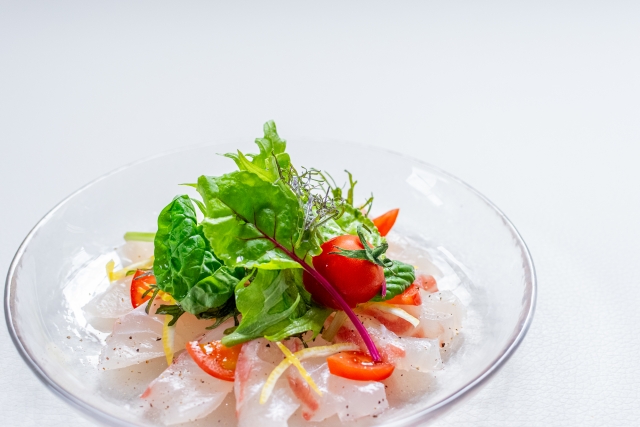
- Characteristics: Light and clean taste with a crisp finish.
- Ideal For: Those who appreciate subtlety and a refreshing palate cleanser.
Kunshu (薫酒): Fragrantly Aromatic

- Characteristics: Prominent floral or fruity aromas with a delicate flavor.
- Perfect Pairing: Complements dishes that won't overpower its gentle nuances.
Junshu (醇酒): Richly Flavorful
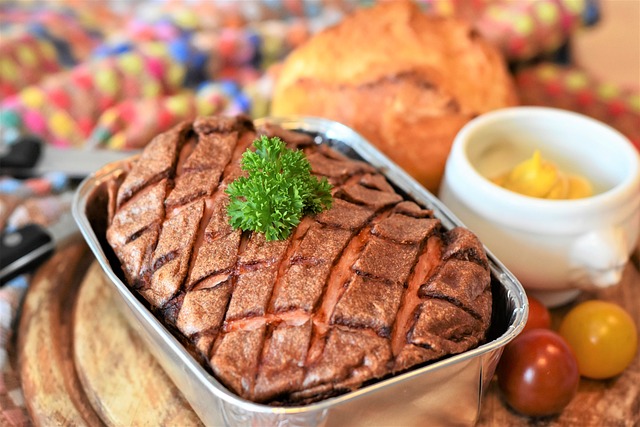
- Characteristics: Full-bodied with a deep, umami-rich flavor.
- Best Enjoyed With: Hearty meals that match its intensity.
Jukushu (熟酒): Maturely Aged
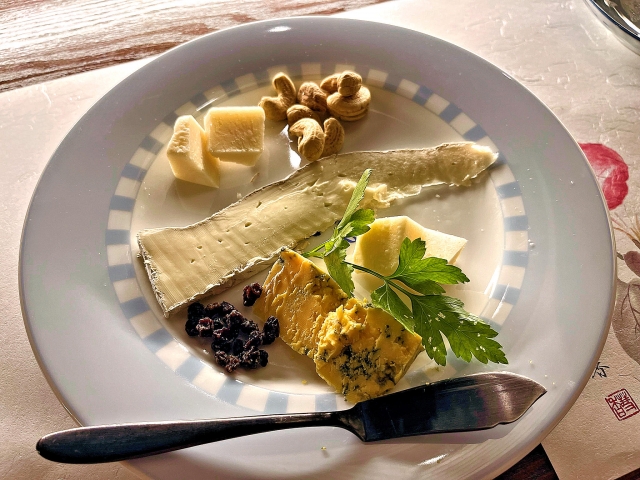
- Characteristics: Complex flavors with aged notes; can be reminiscent of sherry.
- Savor With: Strong, mature cheeses or alone as a digestif.
Understanding Sake Descriptors

- Amakuchi and Karakuchi: These terms describe the sweetness or dryness of sake. Amakuchi is sweeter, often with a more mellow feel, while Karakuchi is dry, offering a clean, sharp finish.
- Noujun and Tanrei: Noujun signifies a rich, often heavier flavor profile, perfect for those who enjoy a sake with presence. Tanrei is lighter, cleaner, making it ideal for delicate taste preferences.
In the world of sake, two terms that often come up are "Kire" and "Umami," each describing unique aspects of sake's sensory experience. Understanding these concepts is crucial for appreciating the depth and complexity of sake.
Kire (Clean Finish)
"Kire" refers to the clean, crisp finish of a sake, the way its flavors seem to cut off sharply, leaving your palate refreshed and ready for another sip. Imagine standing by a serene, mountain stream. The water is crisp, cold, and clear. You take a sip, and it invigorates you, leaving no residue, just a refreshing clarity. That's kire. It's particularly appreciated in sake because it balances richer flavors and aromas, ensuring the drink doesn't linger too long on the palate, which can be overwhelming. Sake with good kire is like a well-crafted story with a satisfying, abrupt ending that leaves you wanting more.
Umami (Savory Goodness)
"Umami" is often translated as "savory goodness" and is considered the fifth basic taste alongside sweet, sour, bitter, and salty. Umami in sake gives it a rich, complex flavor that's deeply satisfying. To visualize umami, think of the taste of a perfectly ripe tomato, mushrooms, or a rich broth. These flavors are robust, deep, and make your mouth water, urging you to savor each sip. In sake, umami comes from the amino acids released during the fermentation process. It adds body and depth, making each sip a moreish experience. Imagine eating a perfectly cooked steak; the richness, the depth of flavor that fills your mouth - that's umami.
In summary, while kire brings a clean, crisp finish that cleanses the palate, umami offers a rich, savory depth that makes sake deeply satisfying. Together, they create a harmonious balance, making sake a uniquely complex and enjoyable beverage. Like a symphony with its crescendos (umami) and sudden pauses (kire), sake takes you on a flavorful journey that's both exhilarating and profoundly satisfying.
Scientific Measures of Sake

- Sake Meter Value - SMV: This scale measures sake's dryness or sweetness. Higher numbers indicate a drier sake, while lower numbers suggest a sweeter taste.
- Acidity: The level of acidity in sake affects its crispness and sharpness. Higher acidity can lead to a more robust flavor profile.
- Amino Acid Level: Amino acids contribute to sake's umami, the savory taste that is often sought after. Higher levels can indicate a richer, more umami-forward profile.
By understanding these categories and terms, beginners and enthusiasts alike can navigate the vast world of sake with more confidence. Whether you're in the mood for something light and refreshing or rich and umami-packed, there's a sake type and style that's sure to suit your taste. Remember, the best way to truly appreciate sake is by tasting a variety, noting these characteristics, and discovering what appeals most to your palate.
Summary: Exploring the Taste, Aroma, and Flavor of Sake
Sake, a traditional Japanese beverage, offers an intriguing array of tastes, aromas, and flavors, each telling a unique story of heritage, craftsmanship, and the nuances of its ingredients. This exploration into sake's diverse palate has revealed the importance of understanding the four main types—Soushu, Kunshu, Junshu, and Jukushu—each characterized by its distinctive profile that caters to various preferences and occasions.
The taste of sake, ranging from sweet (Amakuchi) to dry (Karakuchi), and its body, from rich (Noujun) to light (Tanrei), provides an initial framework for novices and connoisseurs alike to navigate the vast sake landscape. Furthermore, the aroma plays a crucial role in the enjoyment of sake, offering floral, fruity, or aged notes that can elevate the drinking experience by engaging the sense of smell alongside taste.
Scientific measures such as the Sake Meter Value (SMV), acidity, and amino acid level offer additional insight into the composition and potential flavor profile of sake. These metrics, while may seem daunting at first, are invaluable tools for understanding and predicting the character of a sake, guiding enthusiasts in their journey to find their preferred styles.
In conclusion, the world of sake is rich with taste, aroma, and flavor, waiting to be discovered and appreciated. Whether you're drawn to the light and crisp notes of a Soushu or the complex, mature expressions of a Jukushu, there's a sake out there for every palate. As we've journeyed through the basics of sake's flavor profile, it's clear that this beloved Japanese drink offers a sophisticated experience that goes beyond the bottle, inviting drinkers to explore and savor its myriad of tastes and aromas.
